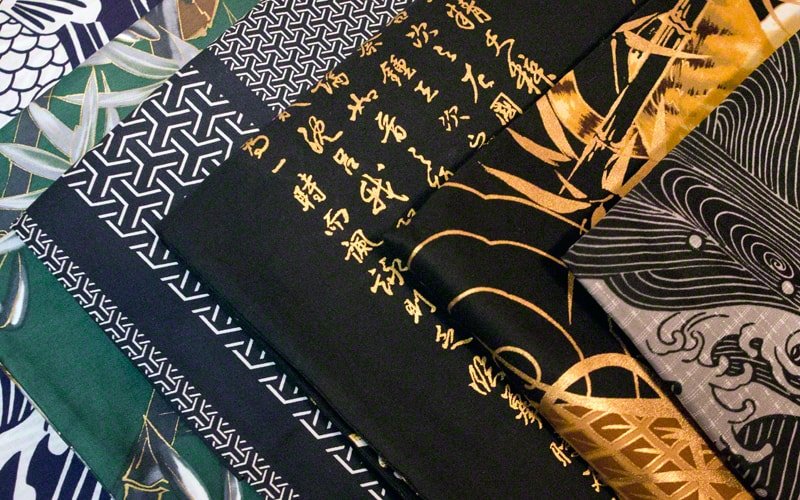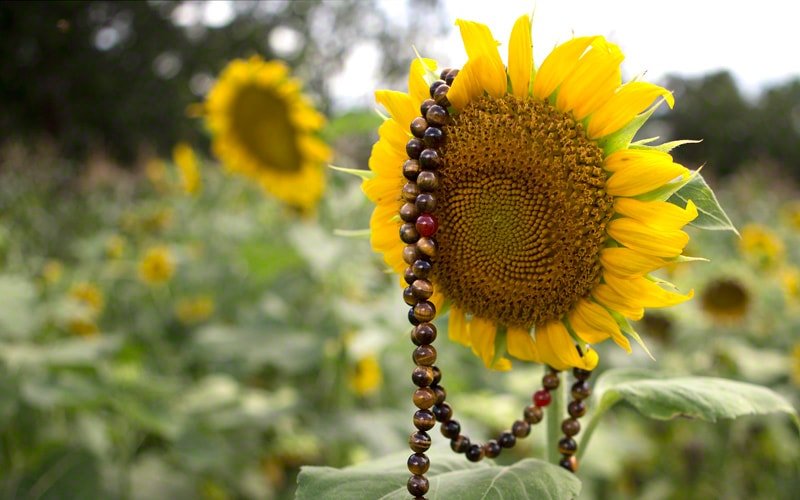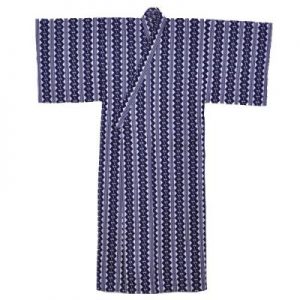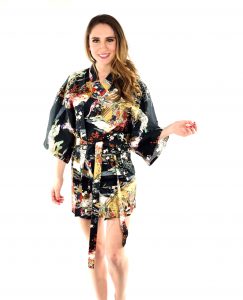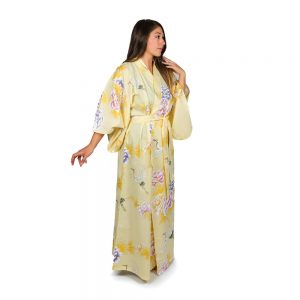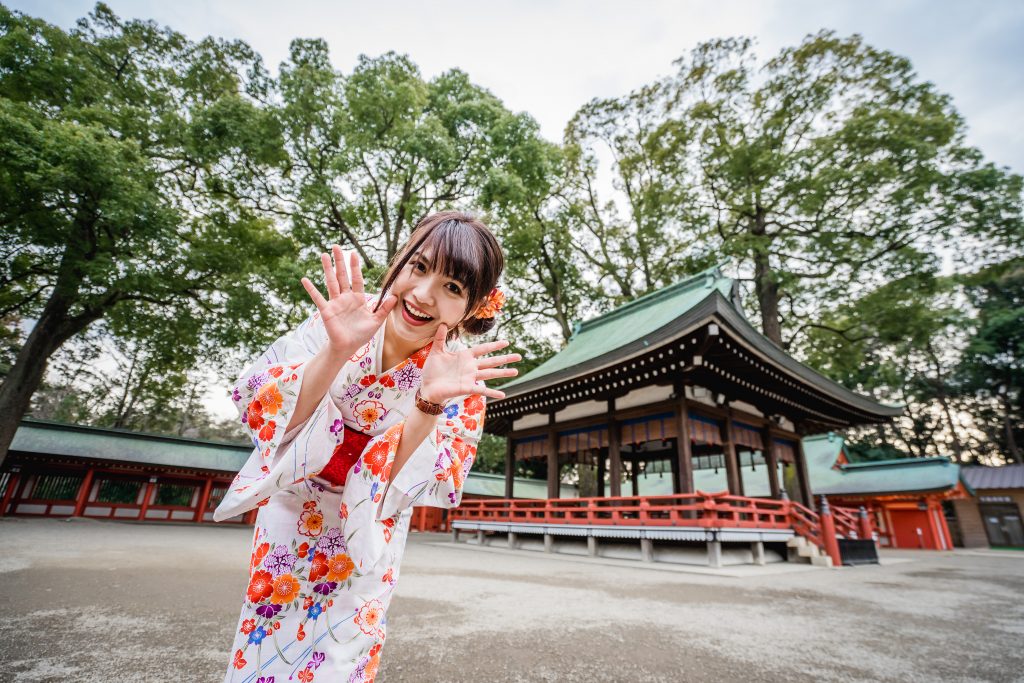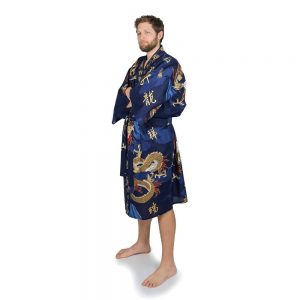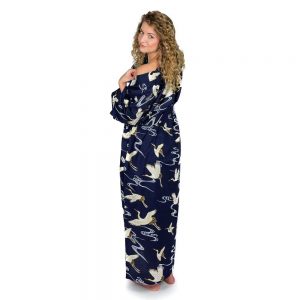TOP SELLING KIMONO and YUKATA FOR FEBRUARY, 2022.
Our customers are the pulse of our business. When they visit our online Kimono Shop, they seek beautiful patterns, vivid colors, and unique styles. Customers also want a wide selection of sizes, reasonable pricing, and fast shipping from the USA. There is a reason our customers have been shopping at our store since 1994. Because they find everything they want in one store, Chopa – Your Kimono Source.
Each month, we sit down and look back on what the Best Selling Japanese Kimono and Yukata robes were during the previous month. It is important as well as educational to see what was hot. One month it might be dragon prints, another period may include koi fish. Some patterns and styles are seasonal. For example, short-length kimono, or Happi Coats as they are called pick up steam and sell very well in Spring and Summer. Many customers like the shorter-length robe to wear during the warmer months to stay cooler. Others wear them as coverups at the beach or pool.
A customer emailed us the other day asking where are our kimonos made. We replied that all of our kimono and yukata robes are made in Japan. We operate and are based in the USA however, so we can ship quickly from our main warehouse in Northwest Florida. Transit time normally takes 2-3 business days to anywhere in the USA. We hear of horror stories when people purchase a kimono from a vendor in Japan and how long it takes to arrive. We take the guesswork out of online Kimono shopping. We are direct importers, cover all duties, taxes and also offer easy returns.
People realize after the fact, that when you order a kimono from a foreign country, you often receive a bill upon delivery for duties, taxes, customs fees, and any other auxiliary charges. Charges that were unexpected and not mentioned when they placed their order. This won’t happen if you shop with us in the USA.
Here are the TOP FIVE SELLING KIMONO AND YUKATA FOR FEBRUARY, 2022.
1: Yukata – Tree of Life. The Tree of Life Yukata is frequently a top customer pick. This men’s yukata features a geometric print that dates back to 2000 B.C. The design is produced in a gray, black, and white-colored print. It is made of 100% cotton and is very distinctive when worn to a special event or ceremony.
2: Blue Koi Yukata. This Koi Yukata is selected by men and women. The blue and white print displays the elegant koi swimming in water. In Buddhism, koi represent courage. In Japan, these fish are considered to be symbolic of love and affection. Crafted in Japan of fine cotton with a shrink-resistant finish.
3: Yukata – Eternal Chain. Printed in a crisp blue and white pattern, the Eternal Chain forms a never-ending circle representing eternity. The chains are symbolic of life, hope, and, strength. The connectivity has no beginning or end and goes around in a circle forever.
4: Yukata – Navy Kagome. Kagome translates to the woven bamboo pattern. Printed in a dark navy blue and white palette, the artist designed beautiful bamboo silhouetted against subtle contrasting circles. The combination is reminiscent of old-world craftsmanship and simplicity.
5: Black Kimono Samurai Robe. This Japanese kimono provides the Zen you need after a long day at the office. Sit back, relax and feel the calm in this lightweight, yet durable robe. This kimono is perfect for attending ceremonies or simply relaxing at home. It is popular for meditating as well. Produced from 100% cotton broadcloth. This high-end fabric is densely woven and often used in fine dress shirts.
These five kimono and yukata were our customer favorites in February. You can view any or all of these by visiting our online store. We have new shipments arriving over the next two months and should have adequate supplies to carry us through the busier season. A great big thank you goes out to all of our readers and customers for allowing us to share this information with you each month. It’s a team effort. Our customers team with us and we announce the results.
Thanks for reading, now Get Your Kimono On!!

